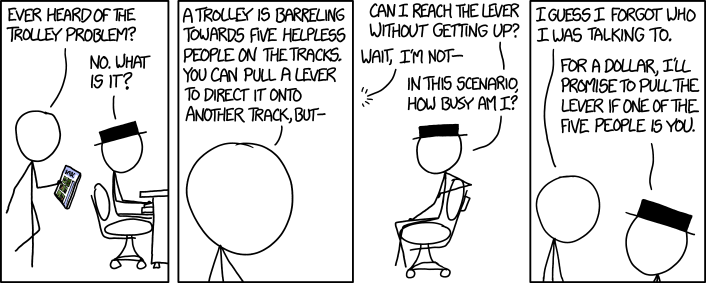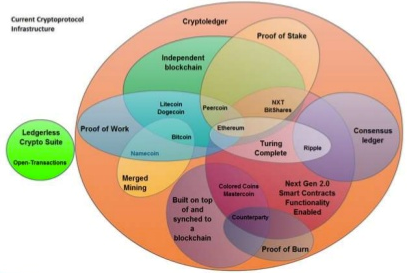OK, herewith Part V of the All Against All matrix-wise attack/defense analysis labeling. Let’s call it that, then.
Where the big move in the matrix is, of course, from the top left half towards the bottom right half. Where there’s a continuation of politics by other means. At a grander scale, the analysis (or is it synthesis..?) turns to:
- The resurgence of, let’s call it, Digital Arms’ Race Cost Competition / Collapse. Just like the old days, where economic and innovation attrition was attempted by both sides of the Cold War. Including the occasional runaway tit-for-tat innovation races and some flipping as well. Yes, all the mix applies.
- The analysis that the world (yes, all of it) over the decades and centuries seems to bounce on a scale between a bipolar 2-giant-block stand-off on one hand, and a 1 giant versus multiple/many opponents on the other. Like, Europe has oscillated between such positions over the centuries. And took them global by enlisting their youngest sibling (as Baldr to the rescue), the half-god saving the others from Ragnarök, the USofA – against the hordes from the East as predicted by our dear friend Nostra da Mus (remember? though he had a diferent view on the ideology involved…) In Da House. Now that the global stand-off had reached the DARC stage, we see a multi-opponent scheming and chessplaying once again. USofA, EU still somewhat attached but …, Russia and Friends, China, India, Brasil and friends, a host of semi-independents in the East and Far-East, and in the Middle-East (what’s with the Middle, if centers of power gravity change and disperse so quickly?).
Edited to add: This Attali post, basically delineating the same. - As usual throughout human history, it’s the underlings and meek dependents all throughout the top left three quarters of the matrix that are war zones and battle grounds, too, suffering and being sacrificed as pawns without too much share of the spoils, profits, trophies and laurels. For the skirmishes and all-out war’lets as the 20th century shows.
- Still somewhat ethics-bound players (e.g., “democratic” (quod non) countries) will also have to fight internally, for legitimacy of their ulterior objectives (externally, internally), strategies, tactics and operational collateral damage. Which in turn binds them down tremendously, when up against less scrupulous players. Don’t wrestle with pigs because you both get dirty and the pigs love that. Unless of course you’re fighting over the through’s contents for survival. And you have one hand tied behind your back, internally, while fighting for the greater good of all, externally.
So far, so good. Much more could be said on the above, but doesn’t necessarily have to. Because you can think for yourselves and form your own opinions and extensions to the above storylines, don’t you?
Still to come: (probably the 18th) a somewhat more in-depth view on the matrix of part V, going deeper into the defense palette.
And indeed, I’m still not sure this all will lead anywhere other than a vocabulary and classification for Attribution. But I see light; an inkling that actually there may be value and progress through this analysis …
After all of which you deserve:

[Grand hall of the burghers. I.e., the 0,1% …; Brugge again]
















